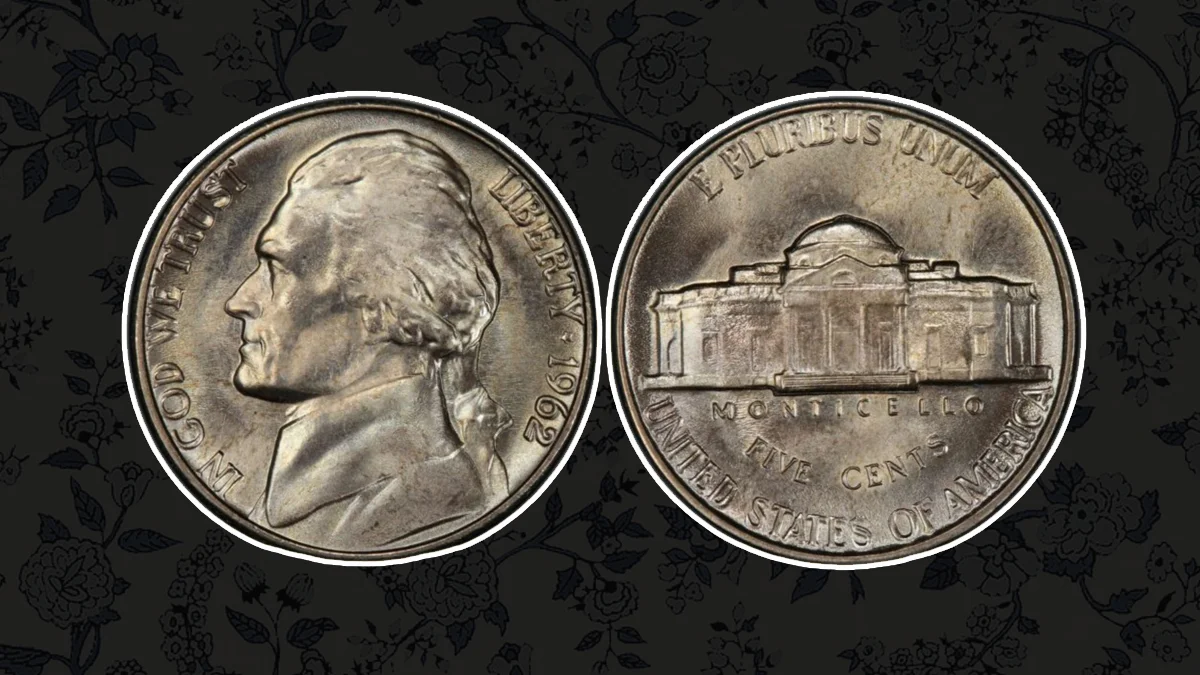
Grading Jefferson’s nickels play an important role in determining their value and collectibility. This process involves considering various factors like the initial strike, preservation level, and any signs of wear or damage. Understanding the grading system can help you evaluate the coins you own and identify potential gems among them.
Grading Standards
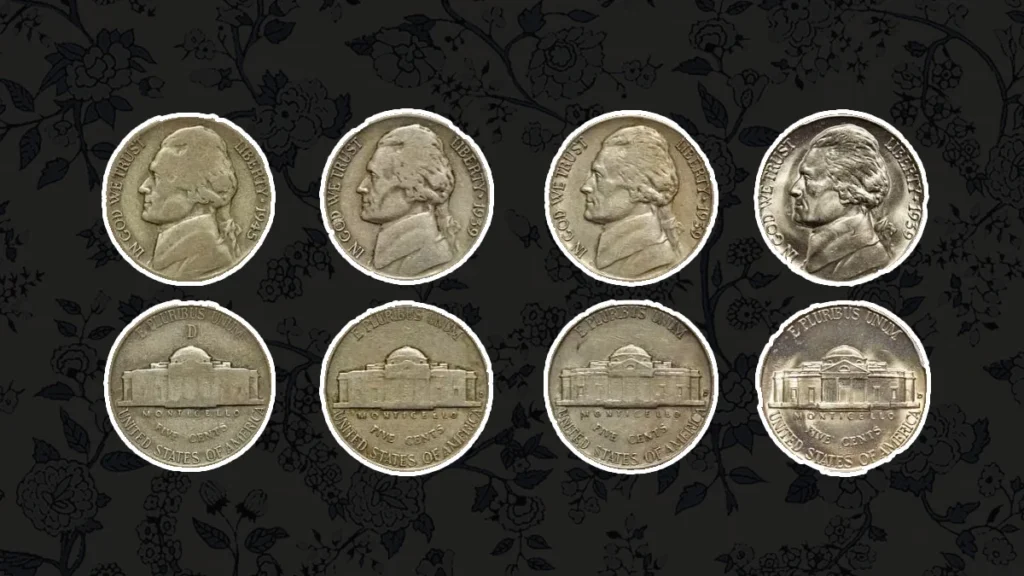
Here is an easy-to-follow guide on how to grade Jefferson nickels according to verified standards.
Initial Strike
The initial strike works as a standard for the original minting process’s clarity and sharpness. Both the obverse (front) and reverse (rear) sides of well-struck coins have distinct and visible details. A higher grade can be indicated with a good initial strike.
Preservation Level
A Jefferson nickel’s level of preservation is determined by how well it has been caring for since it was struck. Coins that have been handled and stored with care show very little wear yet maintain some of their original excellence. Because even small flaws can lower the grade, maintenance is important.
Wear and Tear
Any scratches, flattening, or smooth areas that occur over time are signs of wear and tear. The steps and Jefferson’s cheekbone are examples of the highest spots of Monticello and are most susceptible to wear on the coin. The coin’s grade decreases with the extent of wear.
Possible Damage
Any scratches, dings, or marks that a coin may get from use or the wrong place of storage are known to as damage. More obvious imperfections may significantly decrease the value of higher-grade coins, but slight flaws are allowed in lower-grade coins.
Minting Errors
A coin’s value can occasionally increase because of minting errors. These can be made up of various strikes, off-center strikes, or additional errors that happened along the manufacturing process. These unique designs offer a feeling of exclusiveness and are frequently demanded by collectors.
Grading Jefferson Nickels by the Sheldon Scale
The industry standard for coin grading is the 70-point Sheldon scale. This scale offers numismatists a basis for regular coin evaluation, even if it is not an exact science.
1. About Good (AG)
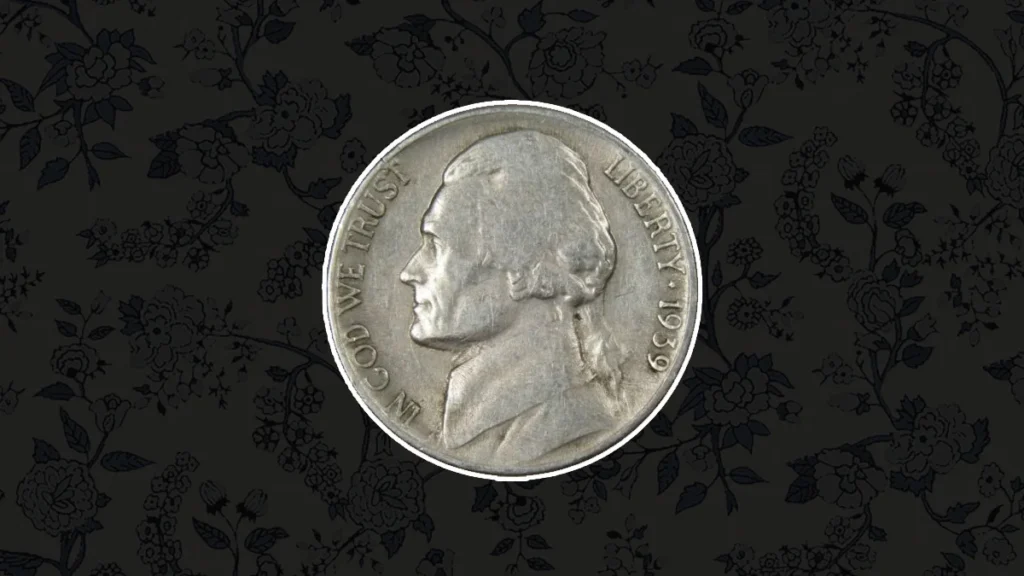
Characteristics:
- Obverse: Jefferson’s shape is sketched but offers minimal detail. The date and inscriptions are soft and may combine with the edge.
- Reverse: The Monticello building is visible as a rough design, with small to no different details. The coin’s edge is worn, and the lettering is readable but bland.
Note: Coins in this grade are commonly not of more interest to collectors because of their heavily worn condition.
2. Good (G)
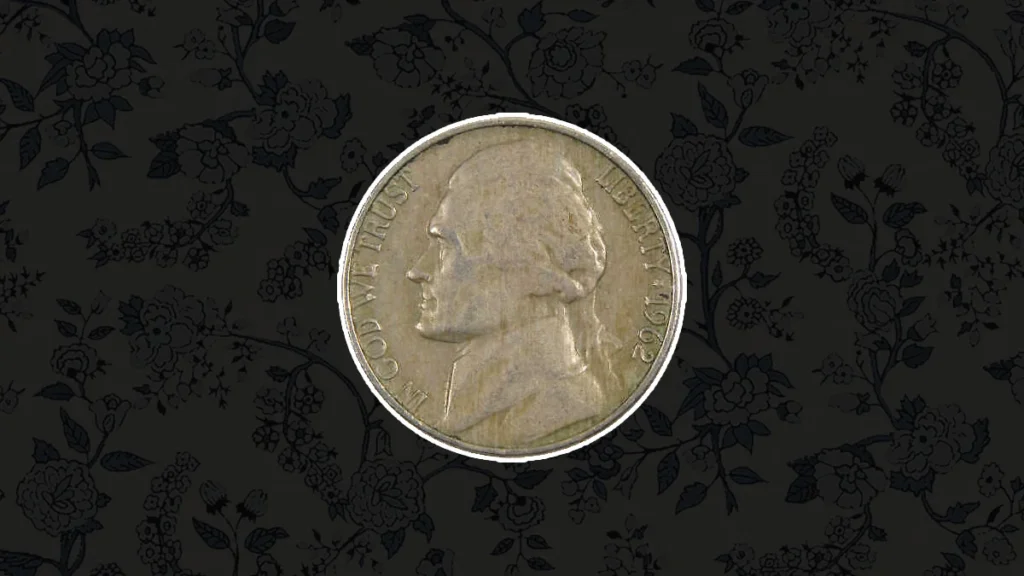
Characteristics:
- Obverse: The profile of Jefferson is always visible, but most details are heavily worn. The hair and facial includes lack deep, and the date is readable but vulnerable.
- Reverse: Monticello is outlined, with pillars that are hardly noticeable. Inscriptions remain readable but display signs of combining with the edge.
Collector Insight: While collectible, Good (G) coins are usually ignored because of the availability of better-preserved examples.
3. Very Good (VG, VG8, VG10)
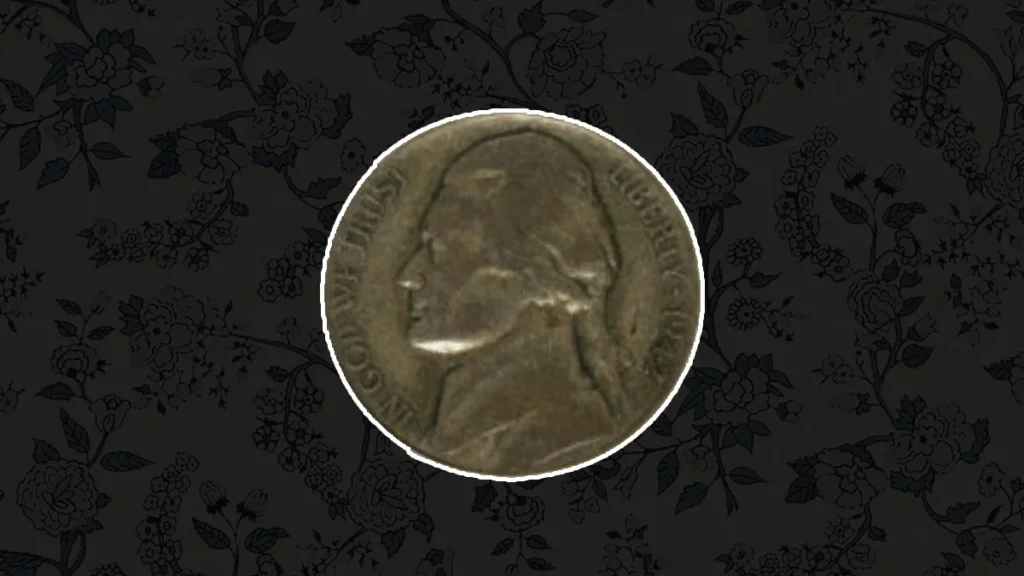
Characteristics:
- Obverse: Jefferson’s cheek line is determined but offers smooth areas. Hair strands are present but connect with the coin surface.
- Reverse: Monticello shows fine details, with worn pillars and a visible arch. The foundation line is unclear, and the second pillar can be difficult to determine.
Collector Insight: Coins in this condition are collectible but not highly demanded unless they are part of an older series.
4. Fine (F, F12, F15)
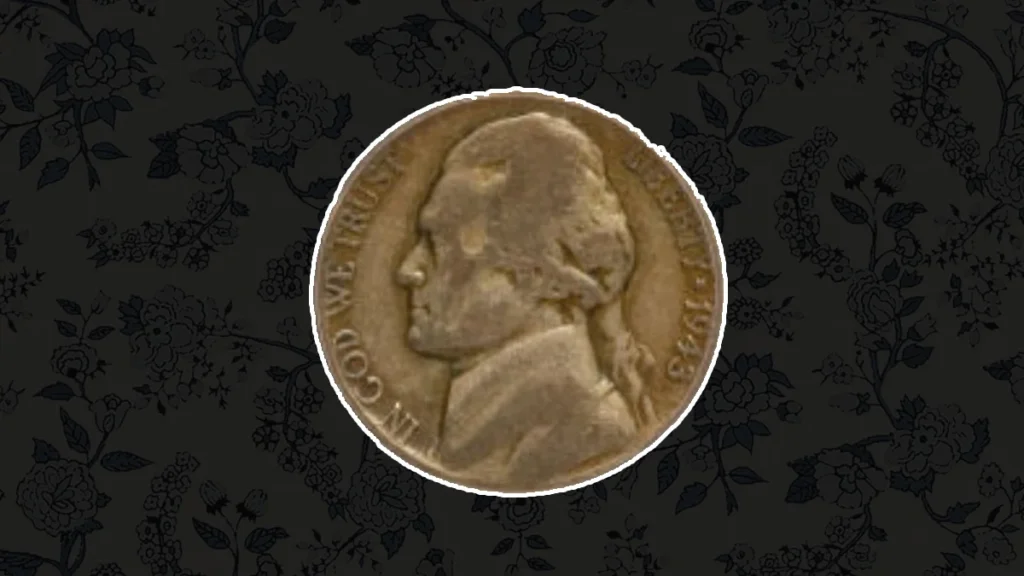
Characteristics:
- Obverse: Hair framing Jefferson’s face is more described, though still worn. The cheek line and coat collar offer a smoother texture.
- Reverse: Pillars are visible but light, with a partially described triangular roof. The foundation line is combined with vertical details on the right side.
Collector Insight: Coins in Fine condition are better maintained than lower-grade examples, making them just more attractive.
5. Very Fine (VF, VF20, VF25, VF30, VF35)
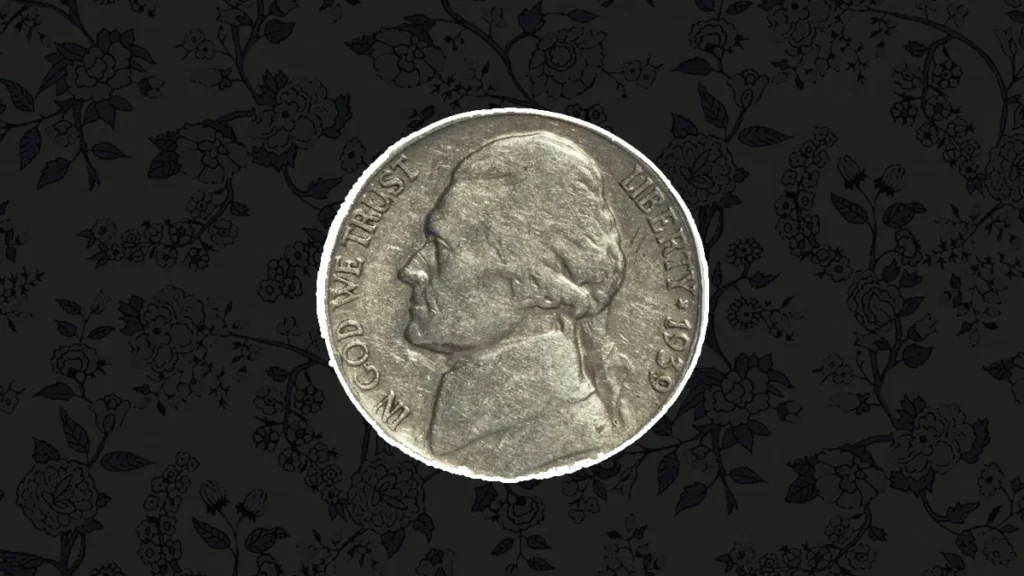
Characteristics:
- Obverse: The President’s profile is more exact, with visible, though worn, hair strands. The cheek is just faded but different, and the collar shows noticeable details.
- Reverse: The pillars and roof are determined, with the second pillar being intact. Inscriptions are sharp and easy to read.
Collector Insight: Early-date Jefferson nickels in Very Fine condition may generate interest among collectors.
6. Extra Fine (EF40, EF45)
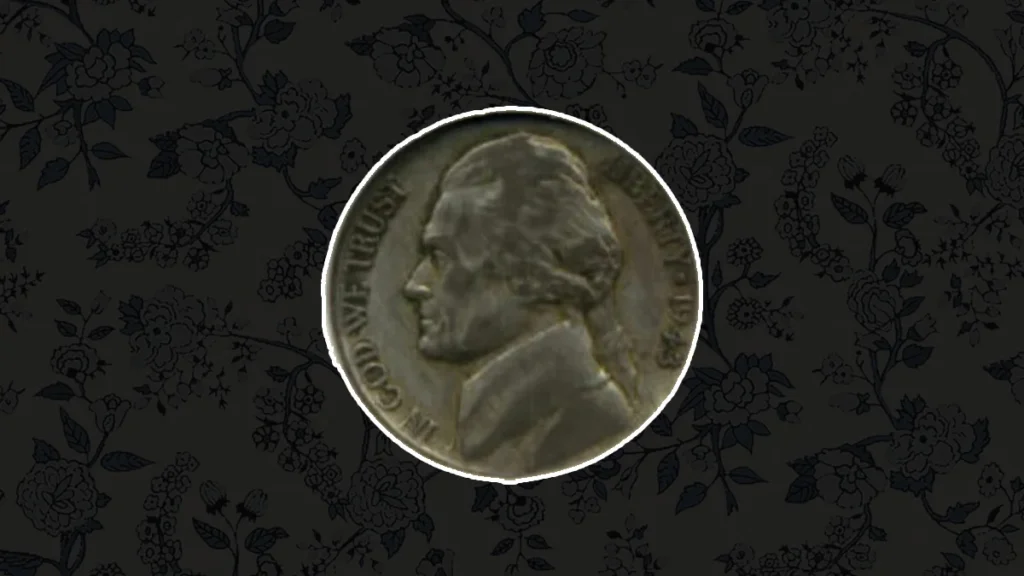
Characteristics:
- Obverse: Jefferson’s hair and cheekbone show signs of light wear, but details are largely intact. The brightness is reduced, especially on the cheek.
- Reverse: Monticello is bold, with visible pillars and extended lines on the roof. Mint shine may still be present but only on special areas.
Collector Insight: Coins in Extra Fine condition are attractive to collectors, especially those with unique mint marks or dates.
7. About Uncirculated (AU50, AU55, AU58)
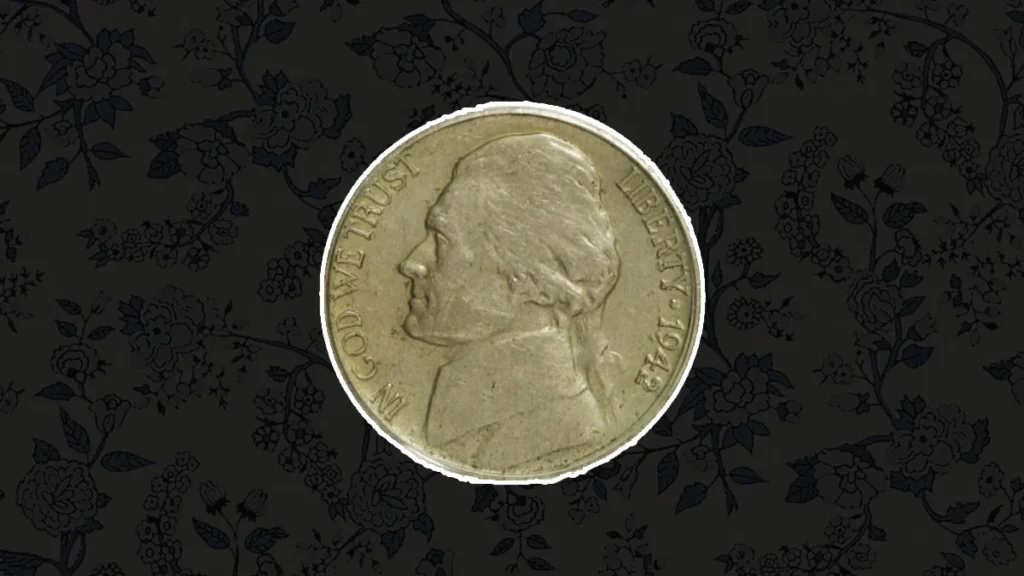
Characteristics:
- Obverse: Minor wear is present on Jefferson’s hair and cheekbone. The collar folds and inscriptions are crisp. Most of the original shine remains.
- Reverse: Monticello features slight wear on high points but has about 3/4 of its original shine. Pillars are complete, and inscriptions are bold.
Collector Insight: These coins are the highest-graded circulated nickels and are often considered valuable, especially from mid-20th-century mintings.
8. Mint State (MS60 to MS70)
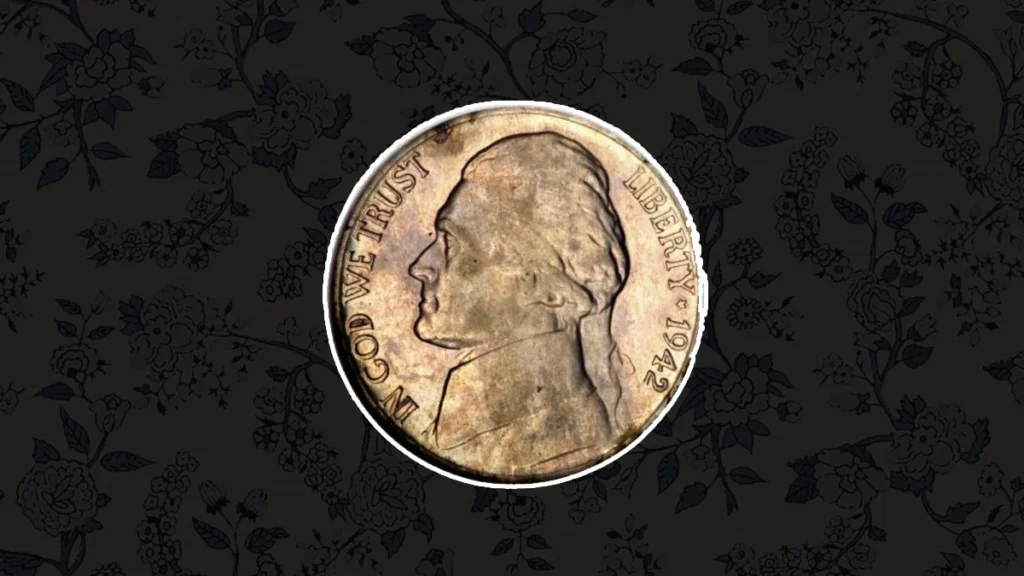
Characteristics:
- General Overview: Mint State nickels have no signs of wear and have their full shine. The higher the grade, the fewer contact marks are present. A Mint State 70 coin is perfect.
Key Indicators:
- Obverse: The area above Jefferson’s eye should be free of any imperfections.
- Reverse: The pillars and entrance steps of Monticello should be complete and sharp. Only coins with five or six different steps prepare for the coveted Full Steps designation.
Collector Insight: Mint State coins are highly desirable, particularly those that maintain their Full Steps feature.
Full Steps Quality
The Full Steps identification is detailed to Jefferson nickels and defines a coin’s highest quality in terms of the reverse detail. This designation means that all six steps in front of Monticello are visible without interruption, a rarity because of minting limitations. Only coins in the Mint State condition can qualify for Full Steps grading.
Note: Full Steps coins are highly prized among collectors and can greatly increase the value of a nickel.
Related Post –
Conclusion
Grading Jefferson nickels is a nuanced process that requires a close examination of wear, shine, and fine details. Whether you’re an everyday collector or a dedicated numismatist, understanding these standards can help you evaluate your collection accurately. Using a coin value checker can also provide insights into which coins might be worth sending for professional grading.
FAQs
Q1. What is the best grade for a circulated Jefferson nickel?
About Uncirculated (AU) is considered the best grade for circulated coins, with minimal wear and retained luster.
Q2. What does “Full Steps” mean on a Jefferson nickel?
It shows that all six steps on the reverse of Monticello are complete and visible without interruption, making it more demanded.
Q3. Why are Mint State coins valued higher?
They have no wear and keep complete original luster, demanding them to collectors seeking new examples.
Q4. Are Jefferson nickels with errors more valuable?
Yes, minting errors can add important value, as these coins are rare and often highly demanded by experts.
Q5. Can I grade my Jefferson nickels myself?
Professional grading services are indicated for older or maybe valuable coins, while self-grading can be achieved with the use of recognized guidelines.
